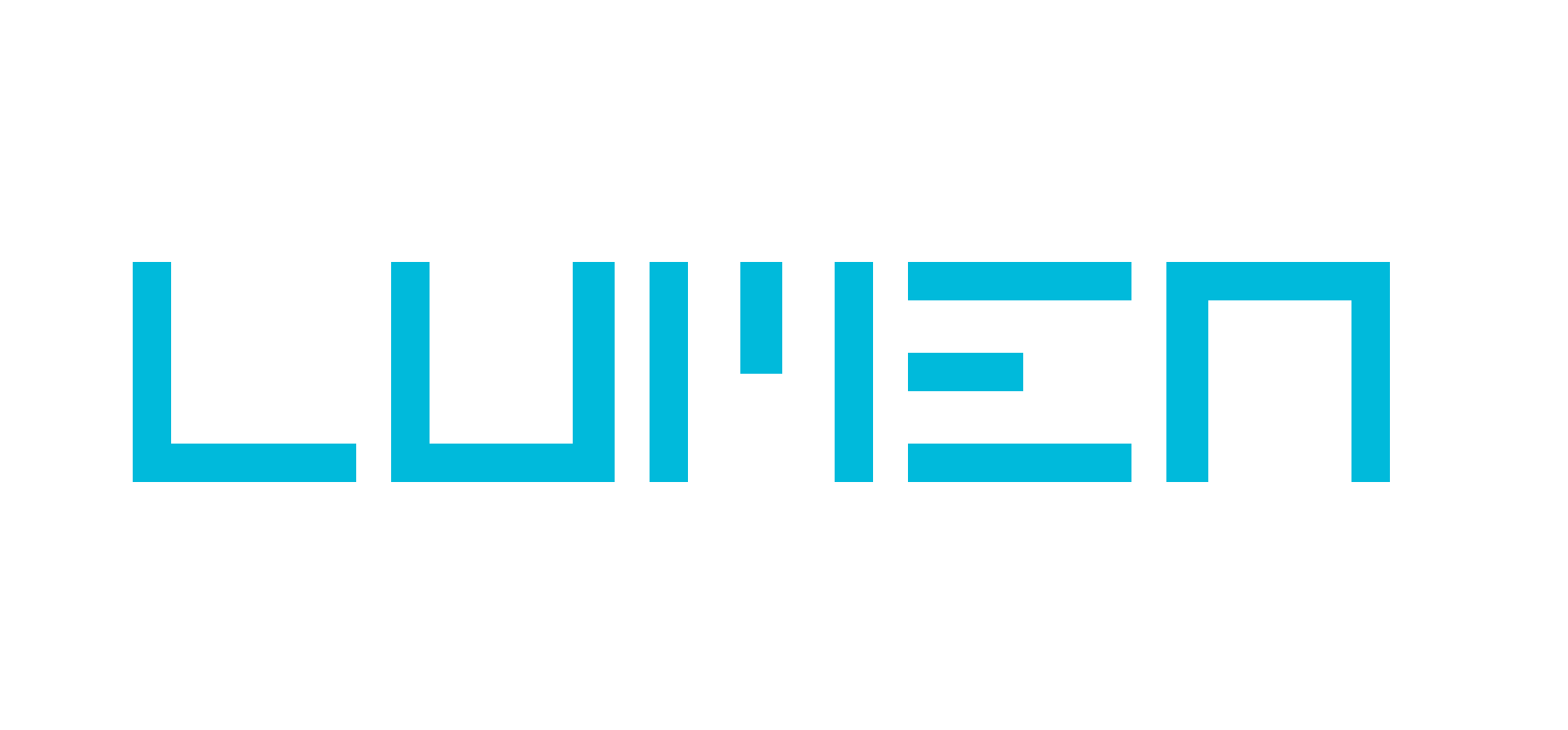00.00
Wobblers go to Hollywood

Consider the humble wobbler – that little piece of cardboard attached to a supermarket shelf by a band of plastic. There it is, wobbling away, trying to attract your attention to a special offer or a price cut. It’s so tiny, is it even worth researching?
But think again. Think of all the wobblers, bobbing up and down supermarket aisles across the country, all the plastic and the cardboard that goes into making them and their bigger brethren. Think of the millions of pounds that are spent on making point-of-sale materials in the UK – in the world! – this year. Think of all the time and effort that goes into commissioning, designing, producing and installing these vital drivers of business. And then you start thinking – why aren’t we researching these things more?
Partly it’s down to time, and partly it’s down to cost. Eye tracking is a brilliant tool to assess and optimise the impact of point of sale materials, but it has, up to now, taken a lot of time and money. But at Lumen, we believe that we have a revolutionary solution to pre-test POS at scale in days not weeks, and at a fraction of the cost of traditional techniques.
Eye tracking shows you what people actually see, not just what they could see. As such, it is a brilliant tool for understanding the reality of attention within busy environments like supermarkets. Yeah, sure, people could see the wobbler, or the shelf barker, or the hanging board. The real question is did people look at it, and did it affect their behaviour? We’ve done many studies to investigate what actually catches the eye in store – and affects the wallet – and helped retailers save millions of pounds optimising their inventory.
However, these projects tend to be pretty resource intensive. To understand the difference between the impact of wobbler A and wobbler B, clients have to design and print up both wobblers, and then install the wobblers in store on different days, and then send people in store wearing eye tracking glasses to see the difference in attention between the two wobblers. It’s enough to give anyone the wibbles.
So, we have developed a new and revolutionary way of working that combines Hollywood-style special effects with our proprietary webcam eye tracking technology. It allows you to test far more options, amongst far more shoppers, far more quickly, for much less money.
What we do is this:
· Step 1: We make a film of a typical shopping trip from the point of view of a typical shopper.
· Step 2: We identify key POS locations that we’re interested in, and use Hollywood-style special effects developed by our friends at Mirriad to swap Wobbler Design A for Wobbler Design B (or any other feature, to be honest) within the film. If the type of POS that you’re interested in isn’t in the original film, don’t worry. We can add in totally new POS into the film, no hassle.
· Step 3: We recruit respondents online, so they can watch films and do the eye tracking on the films on their home computers. We can then give people a post-test questionnaire to assess recall and purchase intent.
Check out the videos below that we have made with our friends at Tesco to see how realistic the doctored films are:
Pretty cool, huh? But who noticed that we had also added in a load of shelf barkers to the second film? Watch the video again, or look closely at the two images below to see the subtle differences and additions to the films. Changing the header board shows that the technology is astonishing. Adding in the barkers shows that the technology is useful.
Original version: without the yellow barkers

Doctored version: including yellow shelf barkers

There are many advantages to this approach:
· No need for printing and installing POS – all we need is the pdfs or mp4s to insert in to the film
· Less disruption in store, as all we need to do is make one film and then let Mirriad work their magic
· More flexibility to test more POS options: if you have 10 designs to test, we can make ten films – rather than doing 10 different days of research. Want to see the effect of having lots or little POS? Boom: it’s done in a couple of hours, rather than a couple of months.
· Greater methodological control: everyone sees the same film, so any differences in attention and recall will be attributable to the changes in the POS, and nothing else
· Greater scalability: simplicity of webcam eye tracking means that we can conduct tests amongst hundreds of respondents, anywhere in the world, for the same cost as we could do 10 respondents using eye tracking glasses
· Speed: get results in days, not weeks
· Normative comparison: by conducting numerous tests on the same ‘base films’ we can begin to build up a normative database to benchmark the results of each individual test
Of course, it’s not quite the same as going into a store and getting people to look at the actual POS using eye tracking glasses. There will always be a role for that kind of research, if you have the time and budget. But if you want actionable insight about POS, quickly and cheaply, then this revolutionary combination of Hollywood-style special effects and webcam eye tracking is for you.
Wobblers: it’s time for your close up.
00.00









